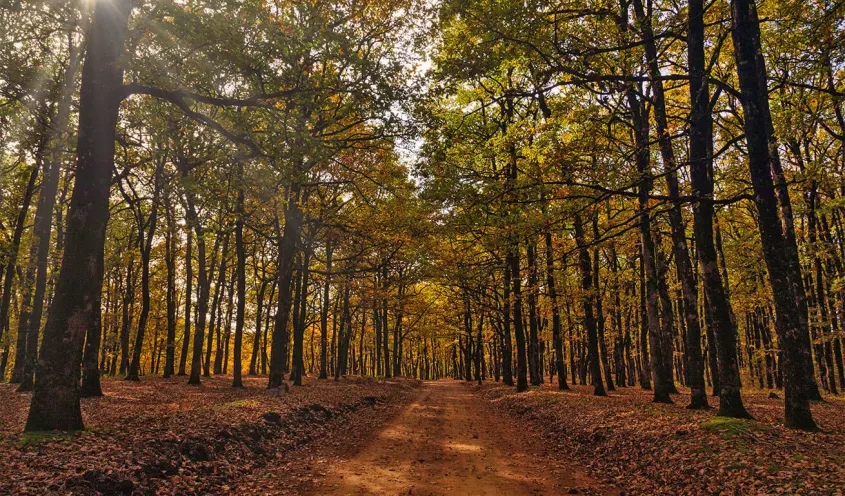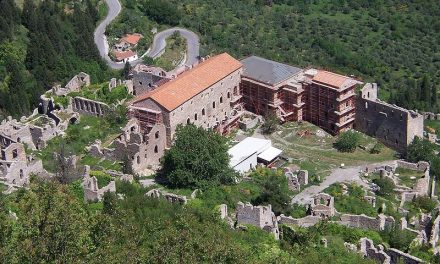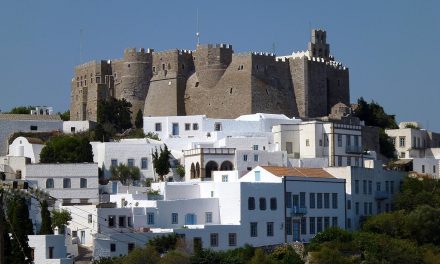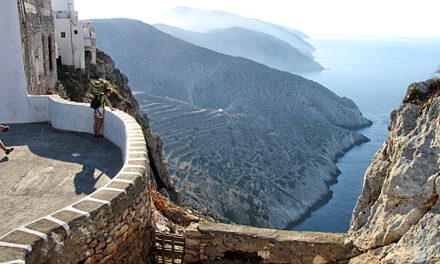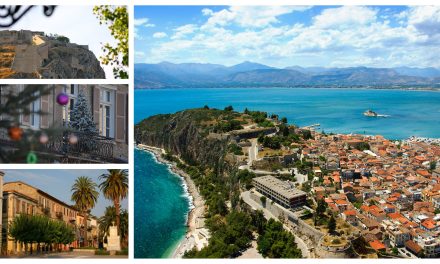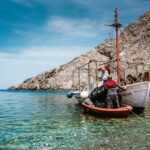On the western edge of the Peloponnese peninsula, in the region of Elis, on the southern foothills of the Erymanthos mountain range, about 25 km from ancient Olympia and a 3-hour drive from Athens, lies a natural wonder, the Foloi oak forest.
At an altitude of 630 meters and covering 42,000 acres, Foloi is the only oak forest in the Balkans and one of the largest and oldest in Europe. Its trees change with the seasons, offering a riot of colors and a spectacle that captivates all travelers. Its mysterious beauty inspired the mythical tale that the forest was inhabited by Centaurs, half-human half-horse creatures, until they Heracles killed them all while hunting after the Erymanthian boar (for his fourth labour).
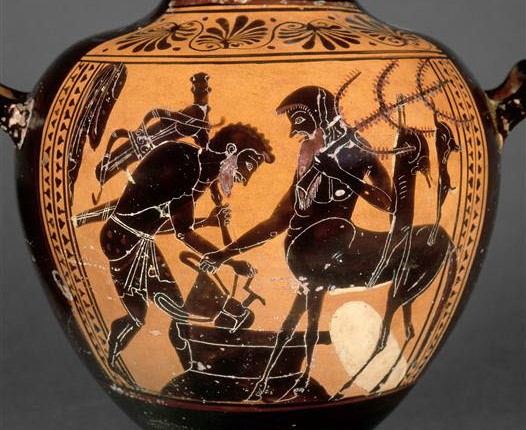
The forest of the Centaurs
Legend has it that the forest of Foloi owes its name to the centaur Folos, who lived there. Folos offered shelter to Heracles while he was searching for the Erymanthe boar. At the meal, Heracles had asked for some wine and Folos, initially hesitant, was finally persuaded to open the jar of old centaur wine, provoking the wrath of the other centaurs.
Attracted by the scent of wine, the Centaurs came to Folos’s house and tried to steal it; a battle broke out in which Heracles killed many of them, using his arrows dipped in the poisonous blood of the Lernaean Hydra (a monster killed in a previous labour). Folos, removing one of the arrows from the body of a wounded Centaur, inadvertently dropped it on his hoof, and dies as well. Heracles prepared for him a majestic funeral pyre and named the forest after him.
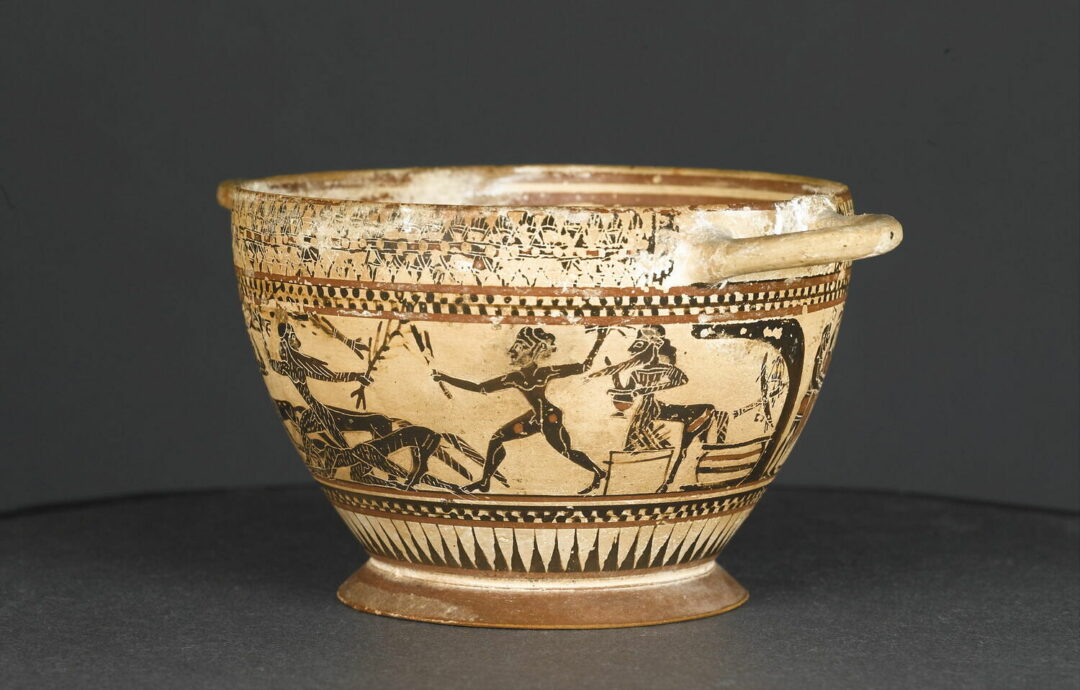
Foloi’s remarkable ecosystem
The forest, unique in the Balkan region, is also known as “the balcony of Elis”, thanks to the breathtaking view it offers from the edge of the plateau.
The deciduous oak Quercus frainetto, commonly known as the Hungarian oak, is the main species in the forest and covers most of its territory. The trees are 15 to 20 m tall and can live up to 200 years. The evergreen Quercus pubescens and Quercus ilex are also present, although their populations are much smaller. In addition to oaks, ferns, mushrooms and asphodels are very common and tend to grow in the space between tree trunks.
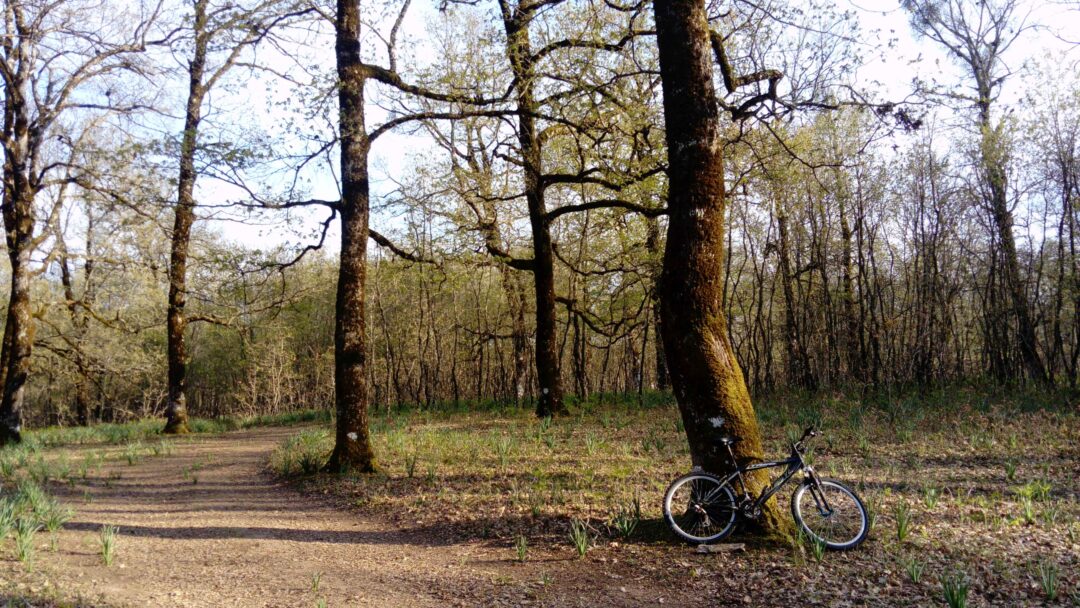
Acorns are an abundant source of food for animals such as hares, squirrels and hedgehogs, which can be found in large populations. The forest ecosystem also includes badgers, pine martens, foxes, eagles, tortoises, weasels, owls, skylarks, jackals, magpies, vipers, garter snakes and others.
This myth-filled plateau, part of the Natura 2000 protected areas network, is a stunning site crossed by Erymanthos and Ladon rivers. The flat terrain and easy trails make the forest ideal for hiking and biking.
Exciting activities and spectacular scenery
The Environmental Museum of Foloi is not only a place to discover the history of the region, but also to get valuable advice on the most beautiful hiking trails in the forest. In fact, the spectacular M3 trail starts here, heading for the Erymanthos Gorge, in an impressive setting of arched stone bridges, dreamy watermills and small caves.

The magnificent Gravata trail, eight kilometers long, can be covered in 2 hours and is very popular. It owes its name to the 300 dress ties (gravata in Greek) attached to the trees to designate the paths.
Among those who visit the forest every year are mushroom pickers, since the area has an abundance of mushrooms. The neighboring mountain villages of Foloi and Koumani are known for their taverns, while 12 km away, on the slopes of mount Erymanthos and at an altitude of over 800 meters, lies Lampeia (or Divri), one of the most beautiful villages in the Peloponnese, with neighborhoods at different altitudes and traditional houses that take you back in time.
Translated from the original article which appeared on Grèce Hebdo (Intro image source: Visit Greece)
Read also via Greek News Agenda: Nymfaio | The Northern Greek village straight out of a fairytale
TAGS: ENVIRONMENT | TOURISM

